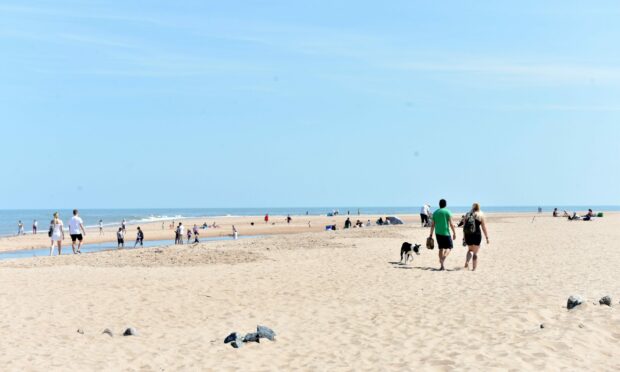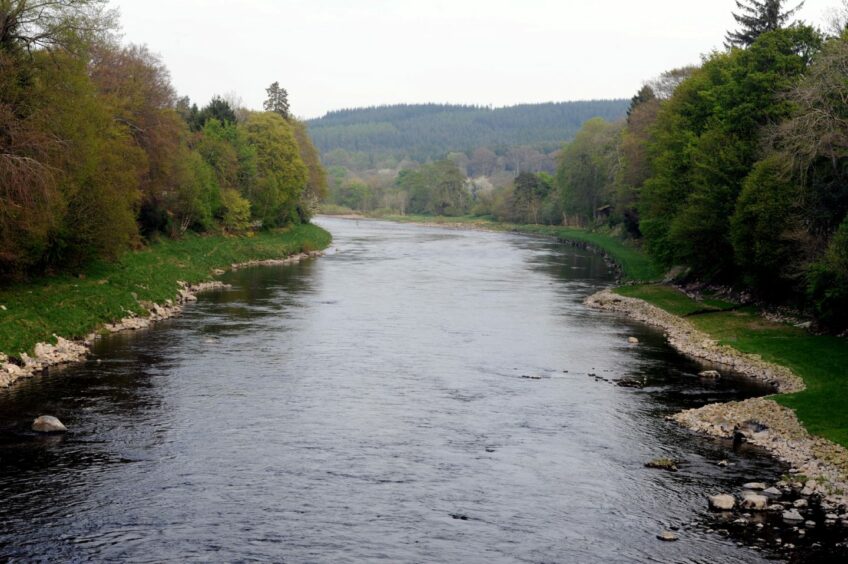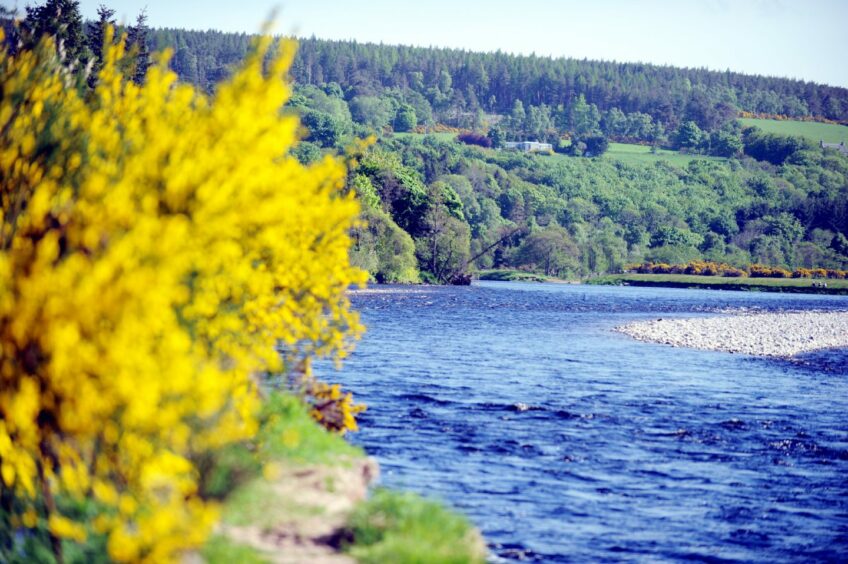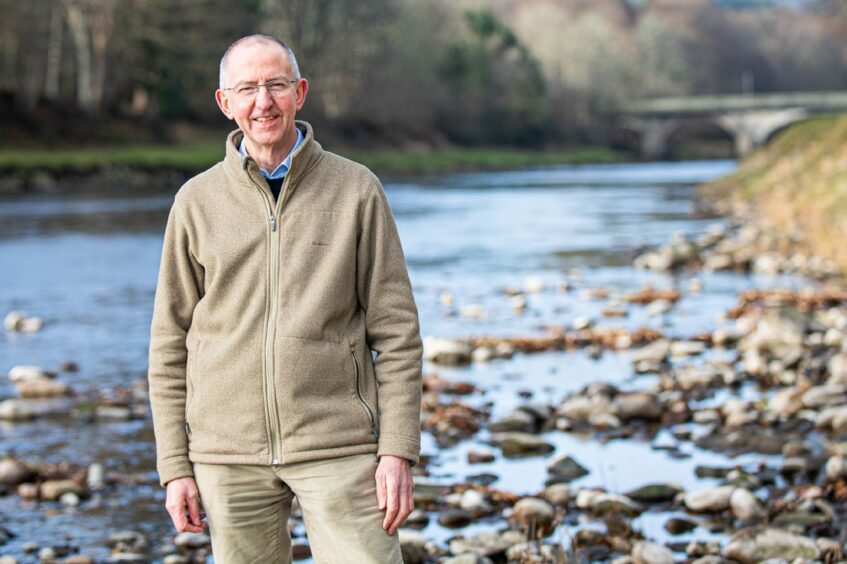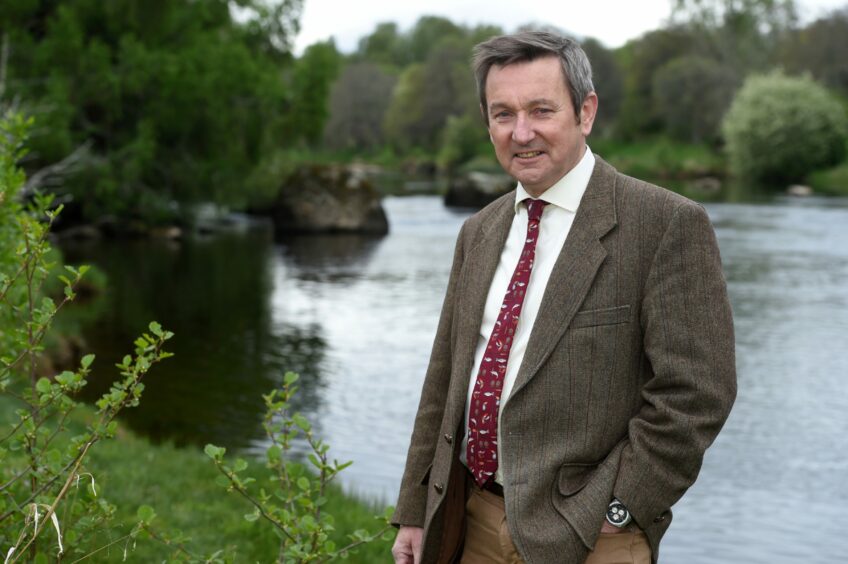Normally higher temperatures in Scotland are something to be celebrated, after all summer can be a pretty short season up north.
Last month was the hottest June on record for Scotland – and the UK.
But given Scotland isn’t meant to have a hot climate, what impact are rising temperatures having? And is a heatwave akin to last year’s on the horizon?
Provisional figures from the Met Office show the average daily temperature for Scotland was 14.3C, 2.7C higher than the average. Parts of the Highlands were 3.5C above average.
And a north-east conservation charity chief warned that recent conditions were among the “worst we’ve seen in decades”.
Although the UK hasn’t been hit by the intense heatwave currently affecting large parts of Europe, a climate advisor has warned it is a “wake-up call” about the effects of climate change.
Lord Deben, who has just left his role as chairman of the Climate Change Committee, said the UK can expect more hot weather later in the year.
He also said governments around the UK needed to improve their efforts to reduce emissions and tackle climate change.
What is the water shortage situation?
Along with it being warmer than usual for the time of year, it has also been sunnier and drier.
Water scarcity warnings were issued for parts of the country earlier this month. The Black Isle. Outer Hebrides, and Loch Maree in Wester Ross had all received significant water scarcity alerts. Though the latter two went on to be downgraded to moderate.
The Nairn, Findhorn, Spey and Dee catchments had also been classified as moderate.
However a recent update from the Scottish Environment Protection Agency (SEPA) said rainfall has resulted in some recovery in most parts across Scotland. The situation in the Black Isle has improved with the area now at alert status. There are now no areas in Scotland currently at significant or moderate level.
What’s driving higher temperatures?
In the UK four of the top 10 warmest Junes have occurred this century: 2018 (14.8C), 2003 (14.5C), 2006 (14.5C) and 2017 (14.4C).
Oliver Claydon, from the Met Office said although last month had started with average temperatures humid air had influenced them.
He said: “Alongside the natural variability, the background warming of the Earth’s atmosphere due to human induced climate change has driven up the possibility of reaching record high temperatures.
“Although completed for the UK wide monthly record, a rapid Met Office study found the chance of observing a June beating the previous UK record of 14.9°C, like we have this year, has at least doubled since the period around 1940.
“On top of that we also have the influence of the very warm sea surface temperatures around the UK. Provisional findings from the Met Office suggest this marine heatwave in turn amplified land temperatures even further to the record levels seen during the month.”
He added: “Increasing summer temperatures are indicative of our changing climate. The average summer temperature for Scotland has increased from 12.11C in 1961-1990 to 12.78C in 1991-2020. For context the average summer temperature for Scotland in 2022 was 13.57C.”
Will there be a heatwave like last year?
In July 2022 the UK experienced a heatwave which saw record temperatures, the extreme heat saw roads melt and temperatures surpass 40C in England, while the highest temperature on record in Scotland was 34.8C at Charterhall.
But it doesn’t seem as if it will be repeated this year. Mr Claydon said: “Although there is the increased likelihood of heatwaves there is nothing to suggest anything as severe as the record breaking hot spell we saw in July 2022.”
“Our long range outlook for July shows an increased chance of a hot July compared to normal, this increases the likelihood of heatwaves and heat-related impacts. Although it is showing the chance of a warmer than average July, that doesn’t mean it will be record breaking like we’ve seen in June.”
What impact have warmer temperatures had?
Sandy Bremner, chair of the River Dee Trust conservation charity said high temperatures in the river had adverse consequences for the fish in its waters . It can cause thermal stress leading to small fish to stop feeding, and making them vulnerable to predators and disease.
He said: “The conditions that we’ve experienced over the last few weeks have been among the worst we’ve seen for decades.
“The river has suffered dangerously high temperatures, low water levels, that’s had an on impact on the on the ecosystem. We’re incredibly concerned about the the fish that have managed to enter the river, that have come up through shallow conditions and come across high temperatures, relatively low oxygen levels. Salmon has, over the millennia, evolved as a cold water species.”
He added: “We’ve been told by scientists that the kinds of conditions that we experienced this year, we could have expected to see in the past once every 18 years, now we’re being told that we can expect them every other year.
“So the implications for us, for the river, for the fish, for the ecosystem for the freshwater pearl mussels, which are also endangered. They’re quite profound.”
What is the Spey Catchment Initiative?
The Spey supports Atlantic Salmon – a species which needs access to cold, clean water and sea trout.
Director of the Spey Fishery Board, Roger Knight explained: “The warmer it gets, the more stress it creates. The salmon start off their lives in the rivers in the freshwater environment. They spend between two and three years generally in the rivers before migrating out to sea. The warm temperatures don’t affect affect them just when they come back in from the sea – it affects the juvenile fish as well.”
“When water temperatures are reaching 26/27 degrees, it puts the fish under considerable stress. If it were to reach 32 degrees, it becomes lethal.”
Stocks of the Atlantic salmon are in crisis and with a decline of 70% across the range. Mr Knight said anglers had been reducing the hours in which they fish. Likewise the Scottish Government also issued guidance to anglers about water temperatures.
The Spey Catchment initiative is a charity which has been working to improve the habitat and landscape of the area.
Speaking of some of the work done, Mr Knight said: “We’ve been putting in place extensive habitat improvement projects and environmental restoration projects, particularly river restoration projects. Where we have been planting trees along the riverbanks to help cool the waters by creating shade, as well as increasing the invertebrate life and genuinely improving biodiversity generally.
“We’ve put in place numerous projects throughout the catchment. In recent years, we’ve extended them from dealing with short sections of rivers to dealing with whole tributaries of the Spey as sub-catchments of the main river and putting in place landscape scale projects that create sustainability and resilience to the climate and biodiversity challenges facing us all.”
What’s being done at the Dee?
Just over three years ago the River Dee Trust launched a campaign to plant a million native trees along the riverbanks.
It is hoped the trees will shade the river to mitigate against the effects of a high water temperatures.
Mr Bremner said: “I think it’s fair to say that quite a few people were skeptical about the connection between trees, shade, temperature and the ecosystem. Now I think everybody gets it. If everybody didn’t get it, then the experience of say this year, coming off the back of quite low conditions last year, has has underlined the problem.”
It seems action is needed urgently in order to safeguard the rivers and the fish that populate them. As Mr Bremner put it: “In simple terms, we as an organisation are in a race against time, as are all Scottish rivers to mitigate against the impact of warming waters.”
